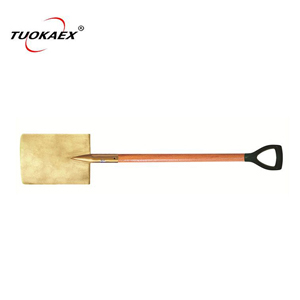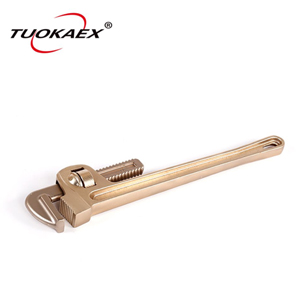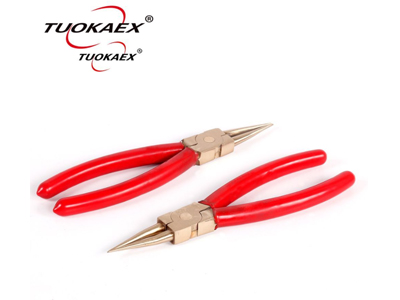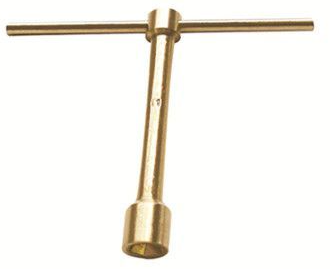A power divider is a device that divides the energy of an input signal into two or multiple outputs of equal or unequal energy, and can also combine the energy of multiple signals into one output in reverse, which can also be called a combination. router.
A certain degree of isolation should be guaranteed between the output ports of a power divider. Power divider is also called overcurrent divider. It is divided into active and passive. It can evenly distribute one signal into several outputs. Generally, each branch has a few dB attenuation. The signal frequency is different, and the attenuation of the divider is also different. Different, in order to compensate for the attenuation, a passive power divider is made after adding an amplifier.
The technical indicators of the power divider include frequency range, withstand power, distribution loss from main circuit to branch, insertion loss between input and output, isolation between branch ports, voltage standing wave ratio of each port, etc.
1. Frequency range. This is the working premise of various RF/microwave circuits, and the design structure of the Xinqiyuan power divider is closely related to the operating frequency. The operating frequency of the distributor must first be clarified before the following design can be carried out
 |
| power divider |
2. Withstand power. In high-power Splitters, the maximum power that circuit elements can withstand is the core indicator, which determines what form of transmission line can be used to achieve the design task. Generally, the order of transmission line power from small to large is microstrip line, stripline, coaxial line, air stripline, and air coaxial line. Which line to use should be selected according to the design task.
3. Distribution loss. The distribution loss from the main circuit to the branch circuit is substantially related to the power distribution ratio of the power divider. For example, the distribution loss of the two-half power divider is 3dB, and the distribution loss of the four-half power divider is 6dB.
4. Insertion loss. The insertion loss between the input and output is due to factors such as the imperfect medium or conductor of the transmission line (such as a microstrip line), and the loss caused by the standing wave ratio at the input end is considered.
5. Isolation. The isolation between branch ports is another important indicator of the power Combiners. If the input power from each branch port can only be output from the main circuit port, and should not be output from other branches, this requires sufficient isolation between the branches.
6. Standing wave ratio. The smaller the VSWR of each port, the better.
As a professional power divider manufacturer, Xinqiyuan is a technical innovation enterprise specializing in the manufacturing of RF microwave test devices such as RF power divider, RF coaxial cable components, precision RF connectors, precision RF loads etc.






















